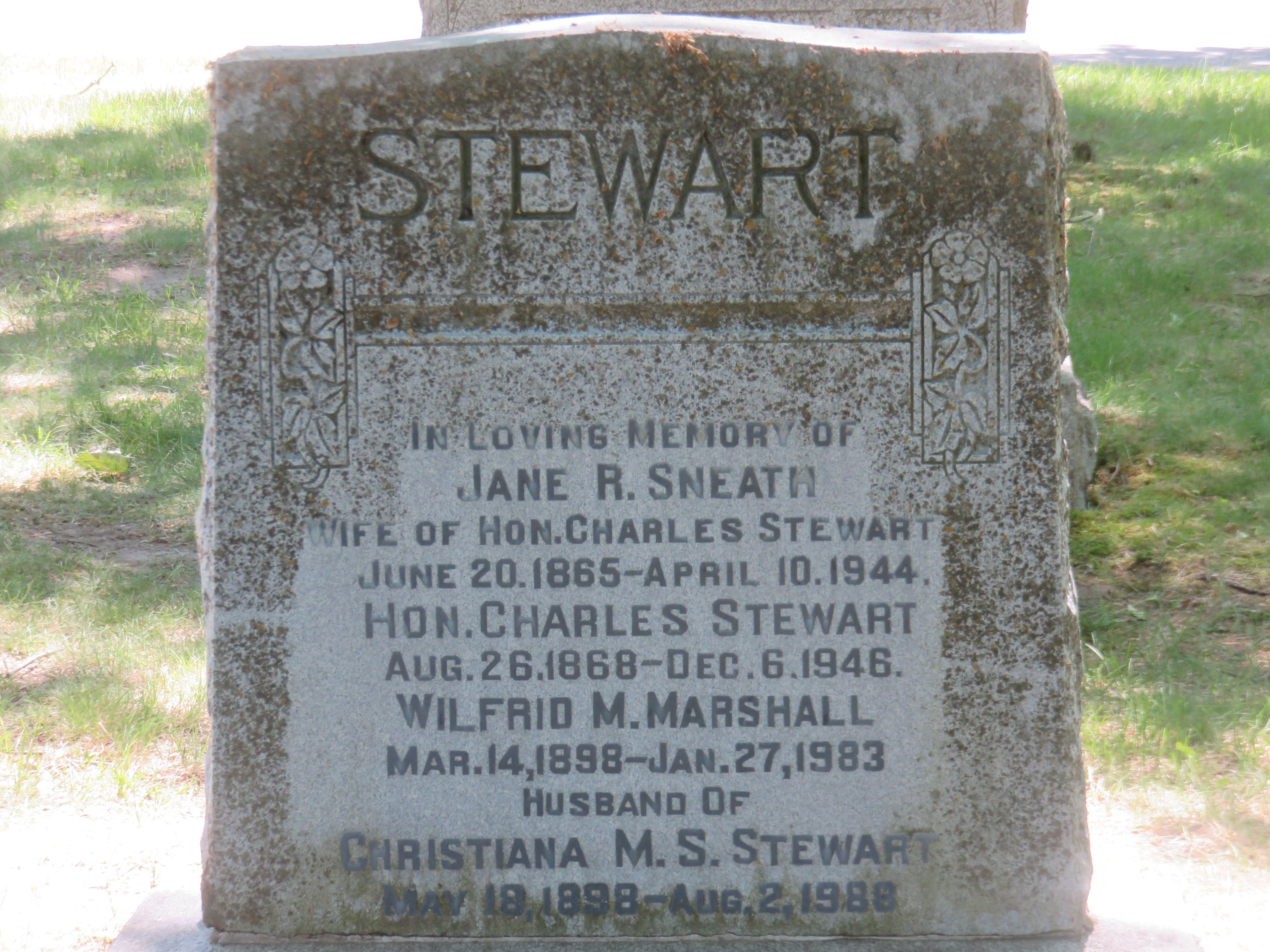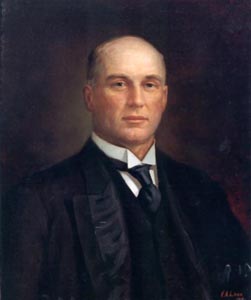
From Premier to Federal Minister to Canadian Representative at the League of Nations - Charles Stewart
Charles Stewart
Section 24, Lot 29 NW (P)
Charles Stewart was born on August 26, 1868, near Strabane, Wentworth County, Ontario, and was educated at Strabane and Hamilton, Ontario. In 1884, the family moved to a farm near Midhurst, Ontario. Only a year after Stewart’s marriage to Jane Russell Sneath in 1891, his father died, and Stewart took over the family farm.
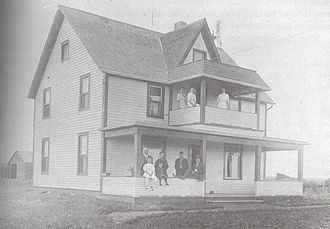
Following a disastrous storm in 1905, he decided to move west. That same year, he began homesteading near Killam, Alberta, supplementing his income by working as a stonemason and bricklayer. After a severe weather event destroyed his crop and a strike prevented him from working in construction, he went into the real estate and the farm implement businesses to help fund his farm. In 1909, Charles Stewart accepted the Liberal nomination for the electoral district of Sedgewick and was elected by acclamation in the provincial general election of March 22, 1909. He was re-elected in 1913 and in 1917.
From 1912 to 1913, he served as Minister of Municipal Affairs, a new department that he organized. From 1913 to 1917, he served as Minister of Public Works. When Premier Arthur L. Sifton resigned to join the federal government, Stewart was appointed Premier by Lieutenant-Governor Robert G. Brett on October 30, 1917. As well as serving as President of Executive Council, he was also appointed Minister of Railways and Telephones and served in that capacity from 1917 to 1921.
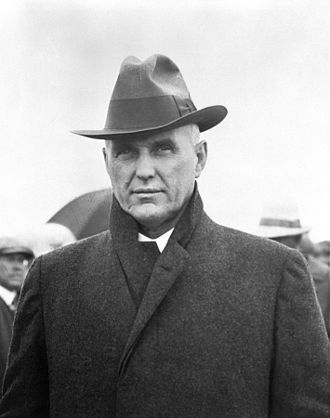
In June of 1918, Stewart and the Premiers of Saskatchewan and Manitoba were received by King George V at Buckingham Palace when they were on their way to France to visit Canadian troops. In 1919, he participated when the Prince of Wales laid the cornerstone for a Veterans’ Memorial Hall in Edmonton. In the general election of 1921, although he himself was re-elected by acclamation, his government was defeated by the United Farmers of Alberta. He resigned from the Office of Premier on August 12, 1921.
Following the federal election of 1921, Stewart was invited to join the federal government and was appointed Minister of the Interior and Minister of Mines (1921-26), Superintendent General of Indian Affairs (1921-26), and Acting Minister of Immigration and Colonization (1921-23). In 1921, he was also appointed to the Canadian Privy Council.
As there were no federal Liberal seats in Alberta, he was elected as the Member of Parliament for the electoral district of Argenteuil, Quebec, in a by-election in 1922. In 1926, the federal Liberal Government was defeated. In the general election later the same year, Stewart was re-elected, this time as the Member for Edmonton West.
As the Liberals had been returned to office, he was reappointed Minister of the Interior (which included his reappointment as Superintendent General of Indian Affairs) and Minister of Mines and continued in these portfolios until the general election of 1930. It was during his second term as Minister of the Interior that the jurisdiction over Alberta’s natural resources was transferred from the federal to the provincial government in 1930. In 1927, Stewart was appointed to represent Canada at the League of Nations and, in 1930, he was re-elected as the Member for Edmonton West. However, in the general election of 1935, he was not successful when he ran as the Liberal candidate for Jasper-Edson.
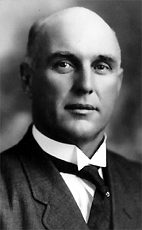
In 1936, Stewart was appointed chair of the International Joint Commission that studied U.S. boundary waterways and, in 1938, he was named chair of the Canadian Section of the British Columbia-Yukon-Alaska Highway Commission. Stewart was also active in church, community, and municipal organizations. He was Superintendent of the Sunday School for St. Paul’s Church in Midhurst, Ontario, served on the Financial Board of Christ Church Cathedral in Ottawa, was a member of the Rideau Curling Club in Ottawa and was a member of the Chaudière Golf Club in Ottawa. In 1925, Stewart received a Diploma and Medal of Honour from the Vatican Missionary Exposition. In 1930, he was presented with the Randolph Bruce Gold Medal in Science by the Canadian Institute of Mining and Metallurgy for his support of Canadian mining.
Stewart died on December 6, 1946, in Ottawa, Ontario.
